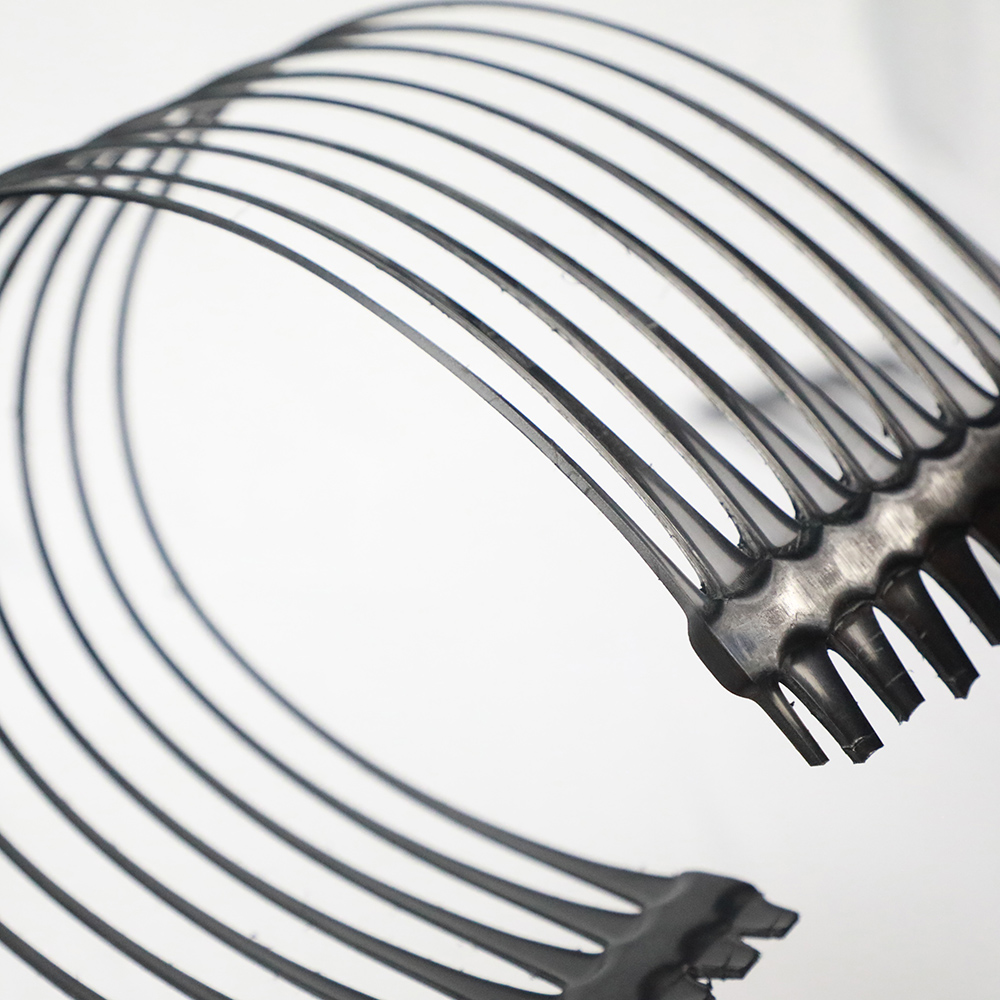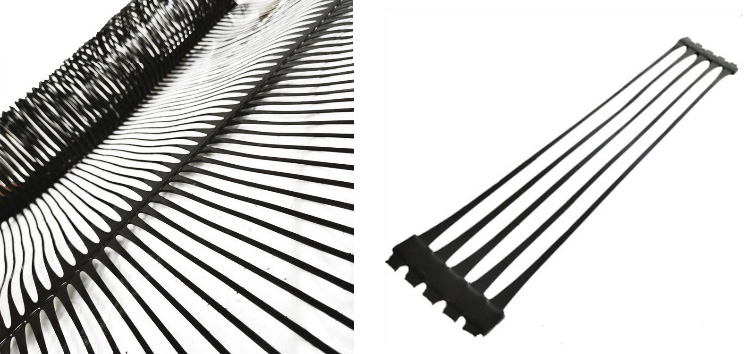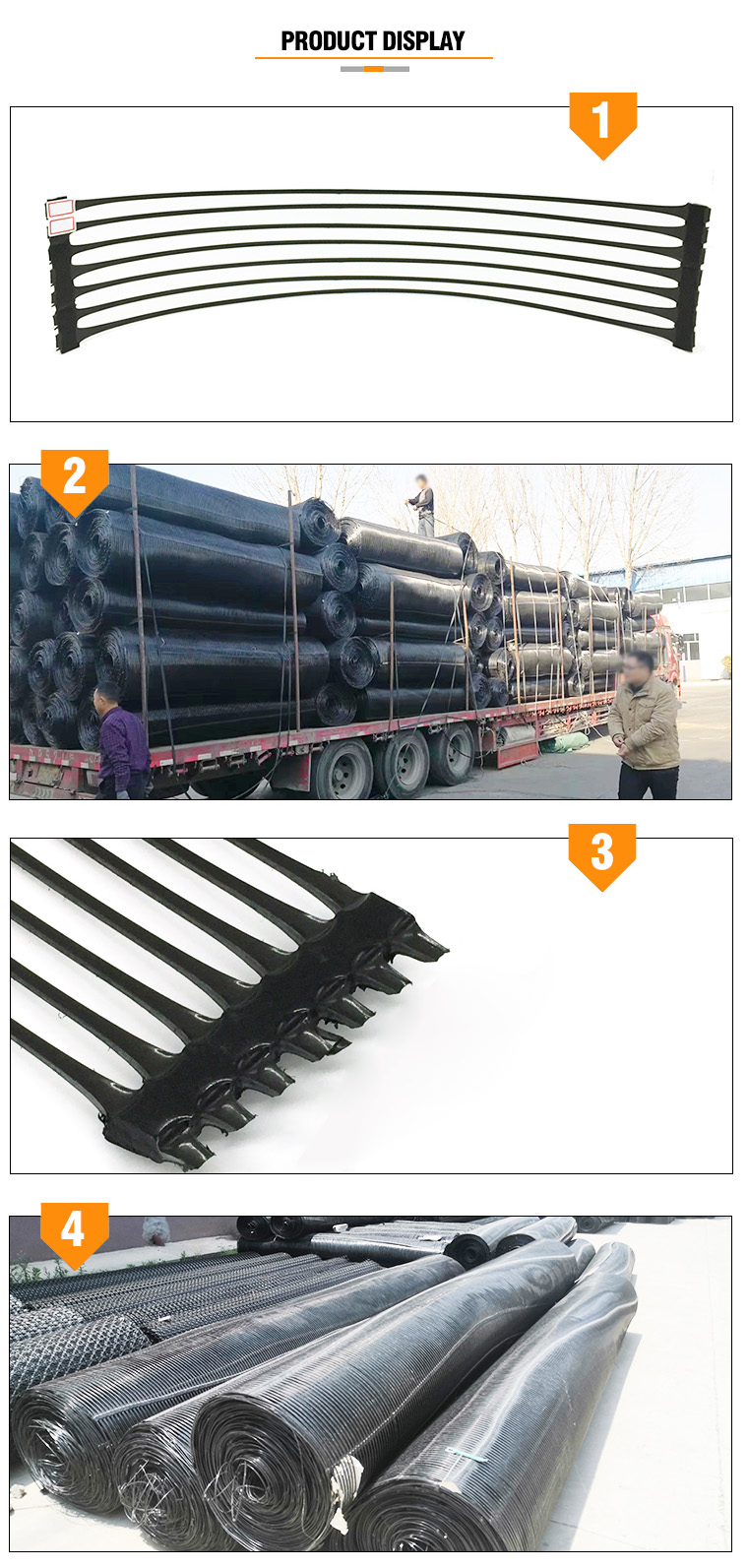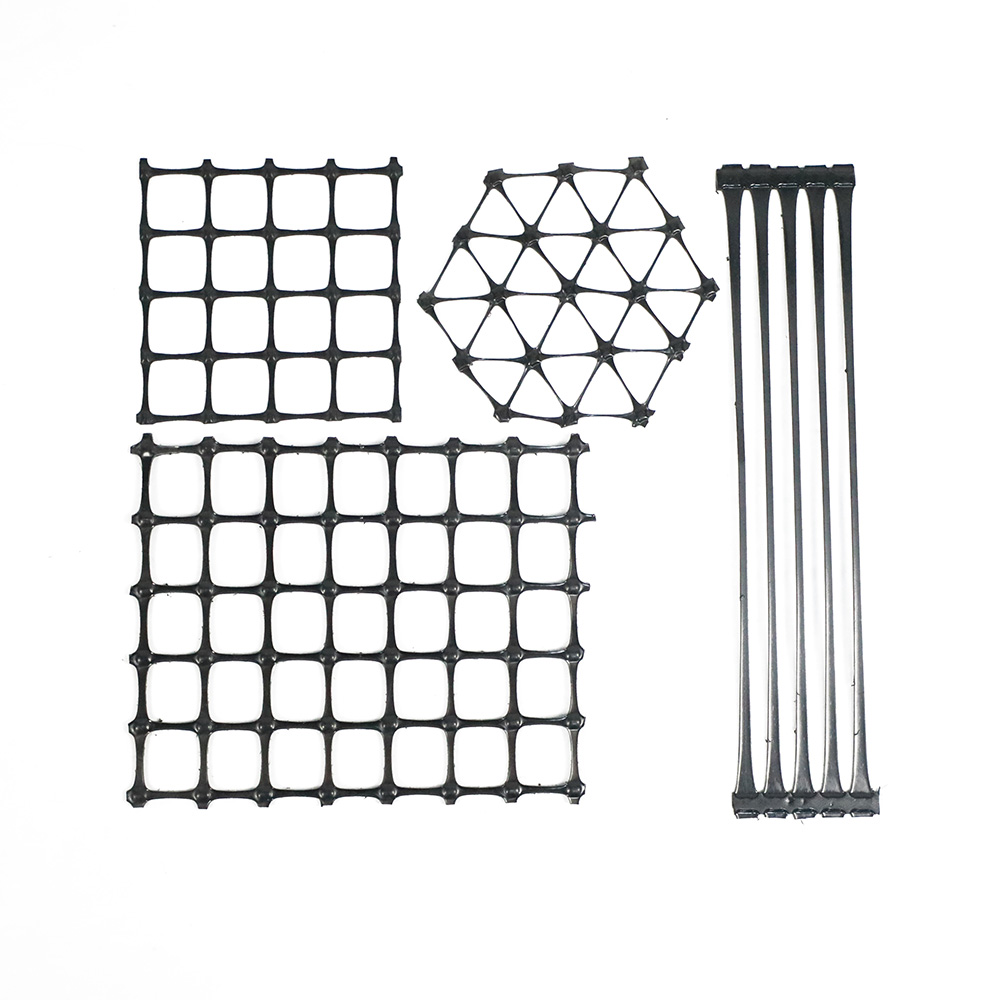Polyethylene unidirectional tension geogrid
Product Introduction
Polyethylene one-way tensile geogrid is a high-strength reinforced geosynthetic material produced from high-density polyethylene (HDPE) by plasticizing and extruding, sheet punching and longitudinal stretching. By laying it in the soil, it constitutes an efficient stress transfer mechanism through the occlusion and interlocking effect between the grid mesh and the soil body, so that the local load can be quickly and effectively spread to the soil body in a large area, thus reducing the local damage stress and improving the service life of the project.
Technical Advantages
Polyethylene unidirectional tensile geogrid has excellent creep strength and durability, and is not subject to erosion by harmful substances (such as acids, alkalis, salts and other chemicals) and microorganisms in the soil. Our company has special equipment for producing this product, as well as a creep performance laboratory.
Application Areas
It is mainly used in the construction of highways, railroads and reinforced retaining walls along the banks of rivers, lakes and seas, embankments, bridges, steep slopes and other slope protection projects. Its outstanding advantage is that the tendency of deformation (creep) under long-term continuous load is very small, and the creep resistance is much better than that of geogrid of other materials, which is important for improving the service life of the project.








